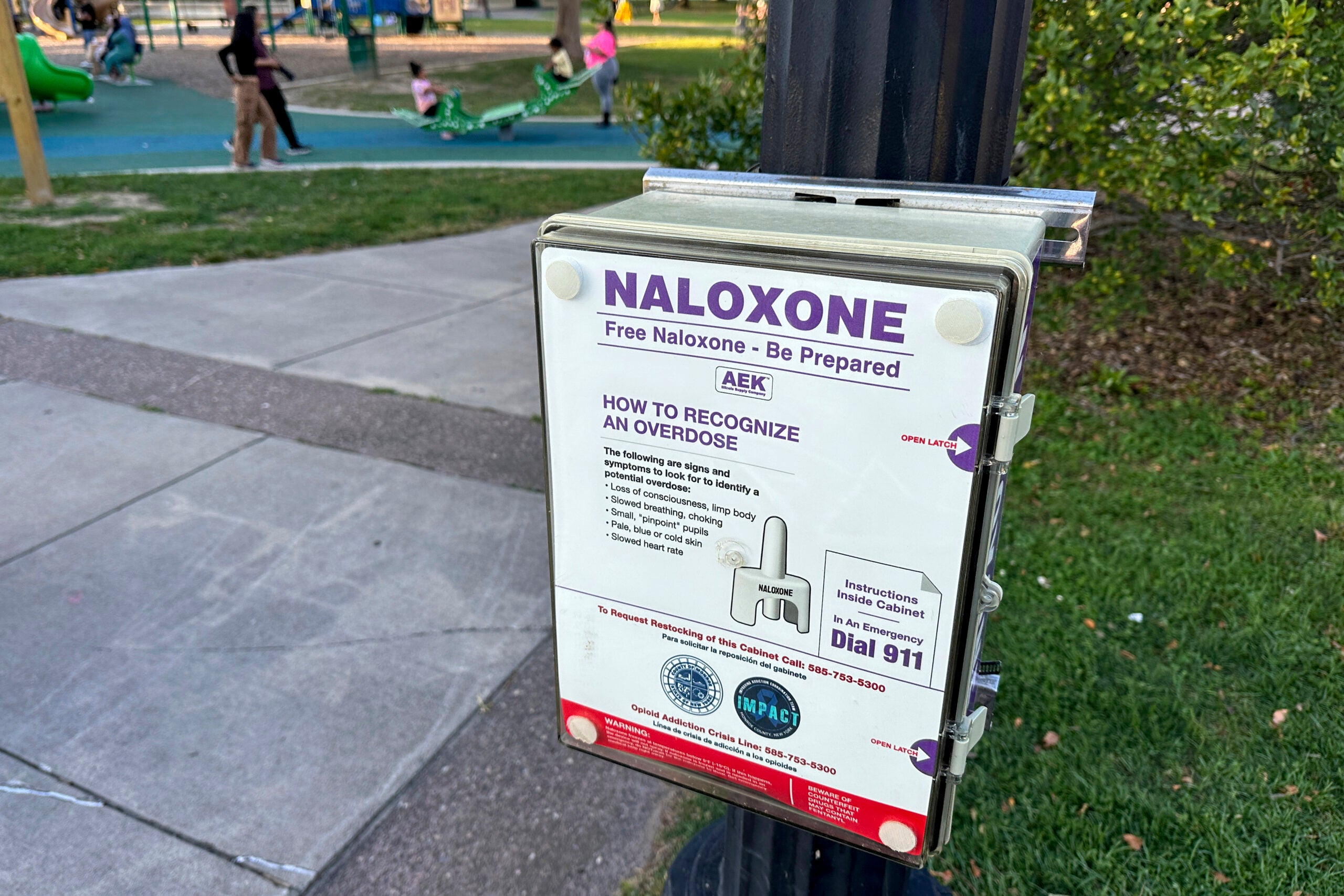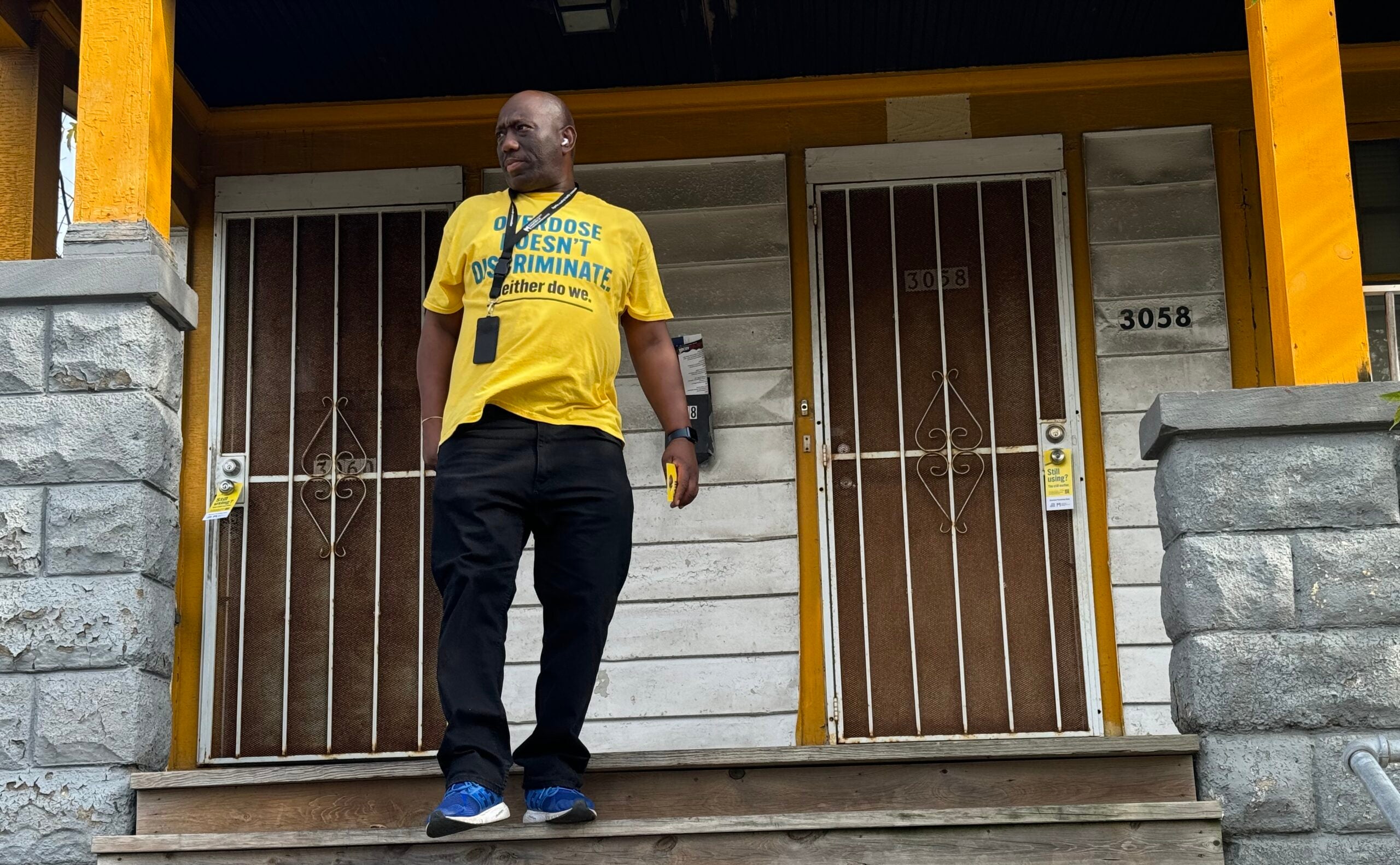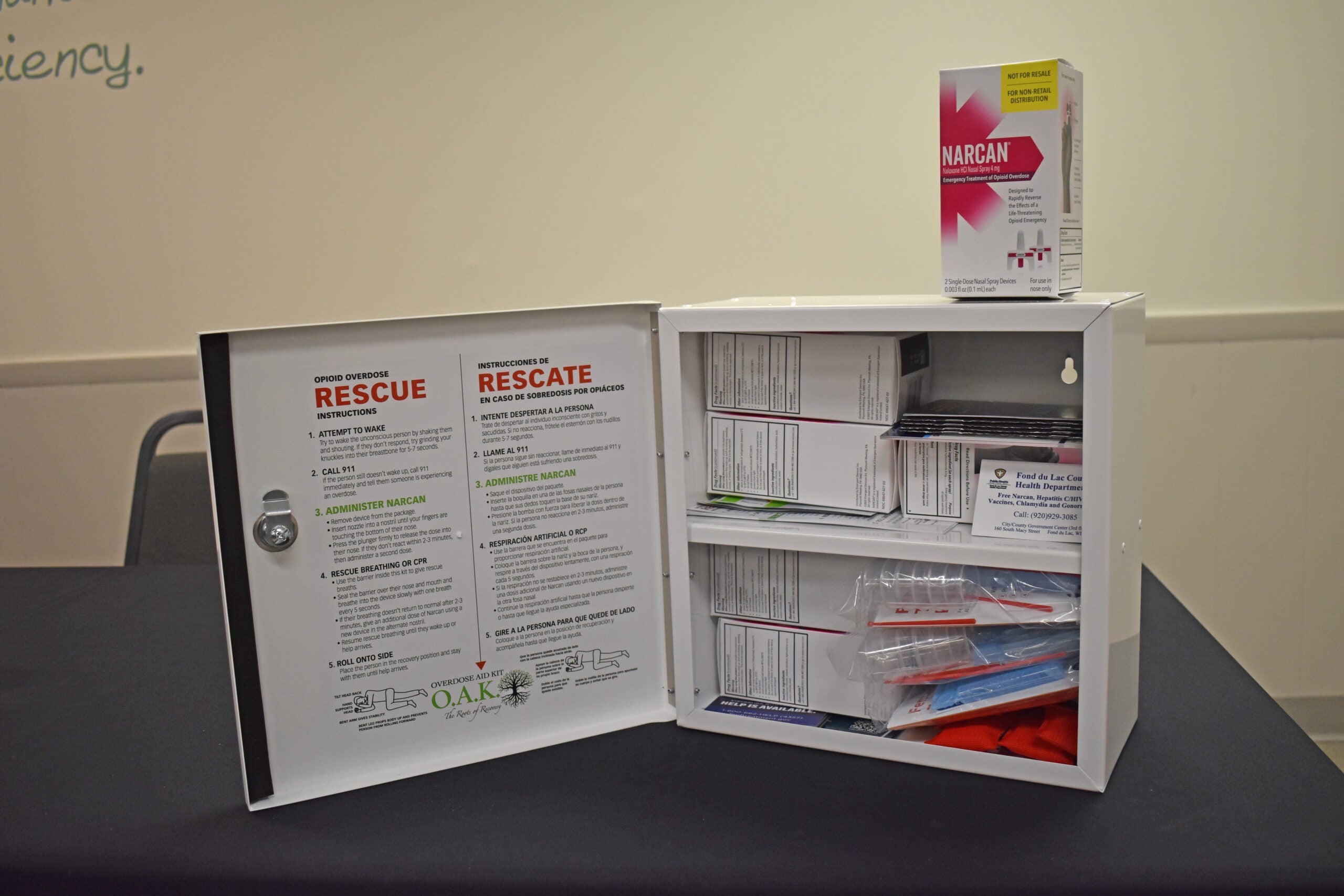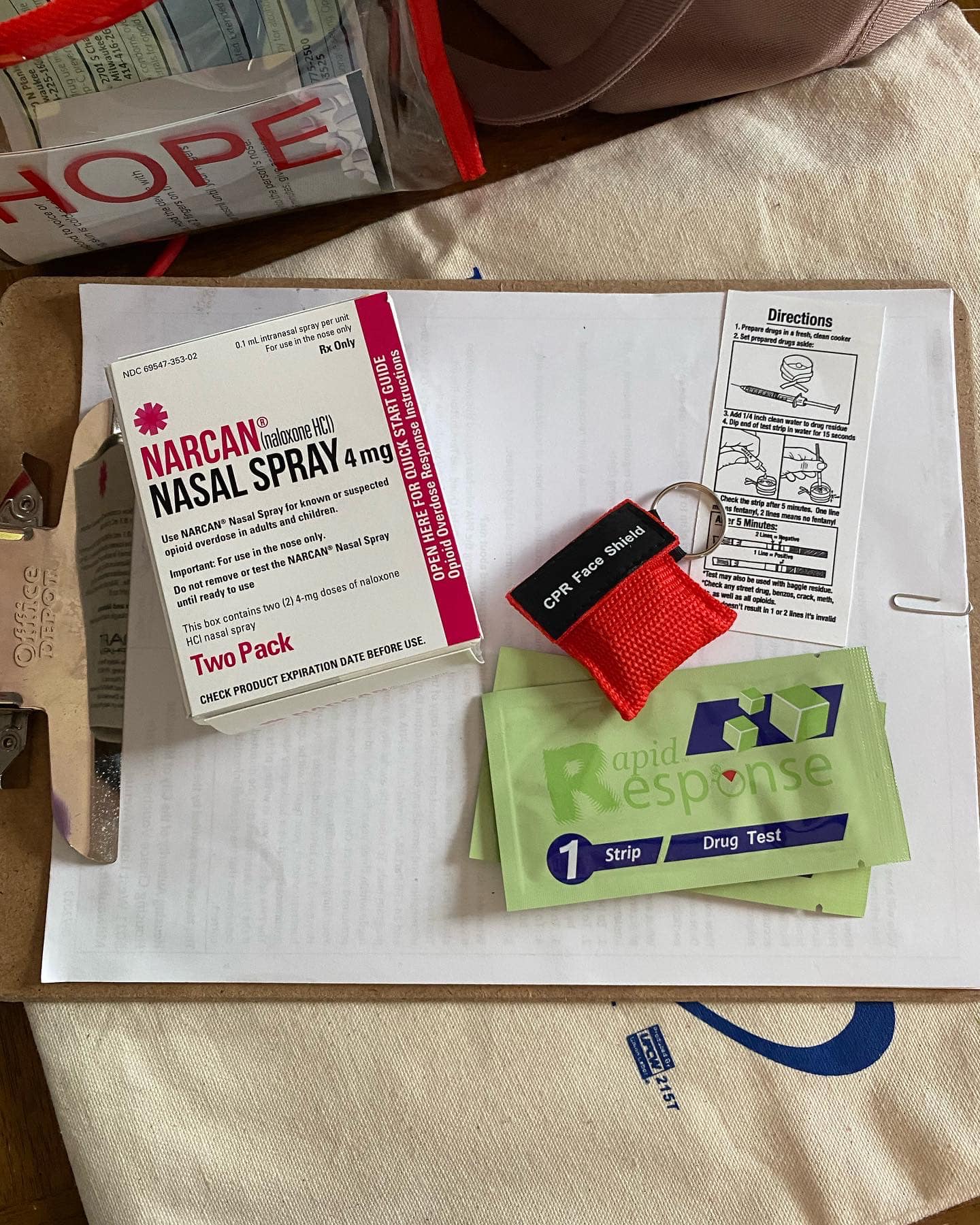The Midwest Economic Policy Institutes estimates 92 Wisconsin construction workers died from opioid overdoses in 2015. The report claims those deaths cost the state’s economy around $524 million, and the growing opioid epidemic is hitting the construction industries in Midwest states.
The cost of construction worker deaths adds up to lost production, reduced quality of life, and lost future incomes, according to MEPI.
Jill Manzo, co-author of the report, said based on their research, construction workers are seven times more likely to die of a fatal opioid overdose than the general population.
Stay informed on the latest news
Sign up for WPR’s email newsletter.
There were 614 opioid overdose deaths in Wisconsin in 2015, and 827 in 2016, according to state data.
Construction is one of the most physically demanding and dangerous professions, which can lead to more injuries and opioid prescriptions for pain, Manzo said.
“Doing nothing is actually costlier, we should be looking at ways to combat the opioid epidemic and come up with different policies and actions that can help these workers so they one don’t become reliant on opioids and two if they are reliant, get treatment and healthy,” she said.
The state Task Force on Opioid Abuse is one way Wisconsin is addressing the growing opioid epidemic. It makes recommendations for statewide policy. Lt. Gov. Rebecca Kleefisch co-chairs the task force.
She said the task force has made recommendations on things like additional law enforcement and protection for school employees that administer Narcan, an anti-overdose drug.
Kleefisch said she wants the task force to look into the opioid epidemic’s impact on blue color workers.
“We need to get some testimony to flush out this data, and in that way, we can take a deeper dive in determining whether there are some things that we can do specifically to address the issue in the blue collar population if that is a population that is seeing an exorbitant rate of death,” she said.
But, thus far, Kleefisch said the task force has focused on broadly spreading its message because the task force hasn’t identified one disproportionately impacted population.
Christina Thrun, Chippewa Valley Home Builders Association executive officer, said, based on her discussions, area contractors that hire employees haven’t seen the impact of the opioid epidemic.
She said the Chippewa Valley in western Wisconsin doesn’t have many large builders, and the impact of the opioid epidemic on construction may be more of an urban issue.
Wisconsin Public Radio, © Copyright 2025, Board of Regents of the University of Wisconsin System and Wisconsin Educational Communications Board.





